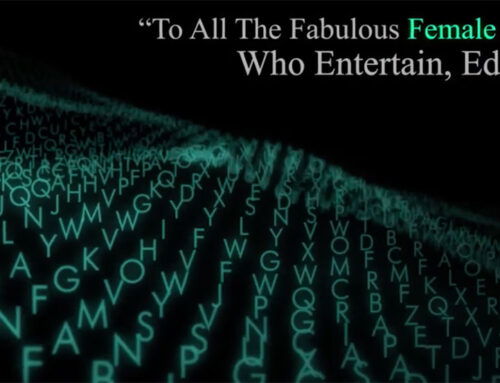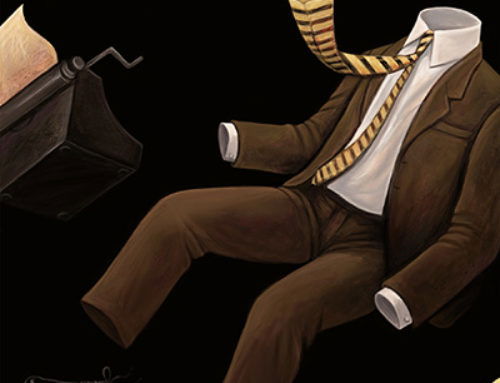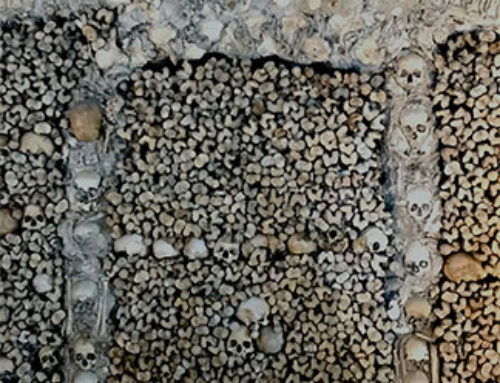Please forgive me, I’m thinking aloud as I’m whittling my way, tortuously, to some take-home messages to come. Here’s the problem: I finished the sixth version of my memoir a few days ago, and within an hour of putting the last period on the final page I started listing all the relevant ideas and events that I should have mentioned. The present list of a dozen or so items grows as I write. Thus, the seventh version of the memoir is percolating in my mind. I can’t seem to exile the demon always tormenting me whatever I do – science, collecting Inuit art, writing – with the same question in my overly receptive ear, “When is enough?” I wrote a blog on “When is Enough” a while back (April 2, 2016), so that’s not where I’m heading now.
 Actually, the first version of the memoir wasn’t a version at all: it was a series of linked personal essays on topics that I found generally interesting and also reflected my life. These included specific travels, hearing concerts of my father, collecting art, family and friends, past and present, death. I published one a year since 2009 in a small literary journal published in British Columbia called Lived Experience. I published in this far-off, least expected journal I’d never heard of because my high school friend, Van Andruss, who I visited for the first time in over 50 years, ran it. Isn’t that the course of most of what we do and how we do it: serendipity, or whatever we bump into along a dusty road, trying to figure out where we are and how to get there? I’m not sure we ever define “there.”
Actually, the first version of the memoir wasn’t a version at all: it was a series of linked personal essays on topics that I found generally interesting and also reflected my life. These included specific travels, hearing concerts of my father, collecting art, family and friends, past and present, death. I published one a year since 2009 in a small literary journal published in British Columbia called Lived Experience. I published in this far-off, least expected journal I’d never heard of because my high school friend, Van Andruss, who I visited for the first time in over 50 years, ran it. Isn’t that the course of most of what we do and how we do it: serendipity, or whatever we bump into along a dusty road, trying to figure out where we are and how to get there? I’m not sure we ever define “there.”
In any case, I reasoned that writing the essays would get me started on a memoir, which it did, although I wrote a novel, Jellyfish Have Eyes, along the way. The novel has multiple themes, but one that relates strongly to memoir is the blending of fiction with reality. I feel strongly that you can’t have one without the other, whether it’s science or memoir. I’ll leave that for later.
After compiling my collected essays, I was told that a memoir needs more cohesion to be publishable these crazy days, when writers face the dilemma that whatever they write must compete with a torrent of books, both good and bad and in-between, that gush forth relentlessly.
I put the essays aside for a while and wrote version #1 of a more cohesive memoir. If nothing else, I considered this a challenging and worthwhile exercise. Different themes emerged as I worked through revisions. Two themes have distilled as central issues in both my inner and outer life: first, reconciling my view of science with my family background of art and artists, and second, the complexity of my identity. Reconciling my science career through a lens tinted with art dominates the memoir at present, although identity lurks in the background.
Now the blog: consider this a preview. I’ll write a few blogs on identity, since that involves everyone and everything. No one can escape being someone, and nothing can avoid being something. But, “who” and “what”?
The most obvious way we identify anything – object, story, person – is to give it a name. If we have no idea what it is – an alien, a baffling structure sticking out like a sore thumb in the middle of a lawn – we scratch our head and, possibly, give it a nonsense name, like Potbelly or Henry or whatever, so at least we can talk about it. In science, names are given to what we think something does, such as the function of a protein, or often in genetics, by what a gene doesn’t do, like “eyeless” for a gene that was defined by what didn’t happen if it was mutated, i.e., an eye didn’t form. The loss of a trait was considered the same as a trait: negative = positive. I’ll have more to say about that later.
And that’s how the issue of identity came into my life as a scientist. The name – crystallins – of the main proteins of the lens, was both right and wrong in several ways. The name. crystallins, unquestionably identified what was being talked about, proteins in the crystal clear lens, yet that wasn’t necessarily what crystallins were at all, depending on context. Even less appreciated, the name slowed down progress on identifying what crystallins actually were.
Confused? Sure. That’s why it’s interesting. Stay tuned.






Leave A Comment